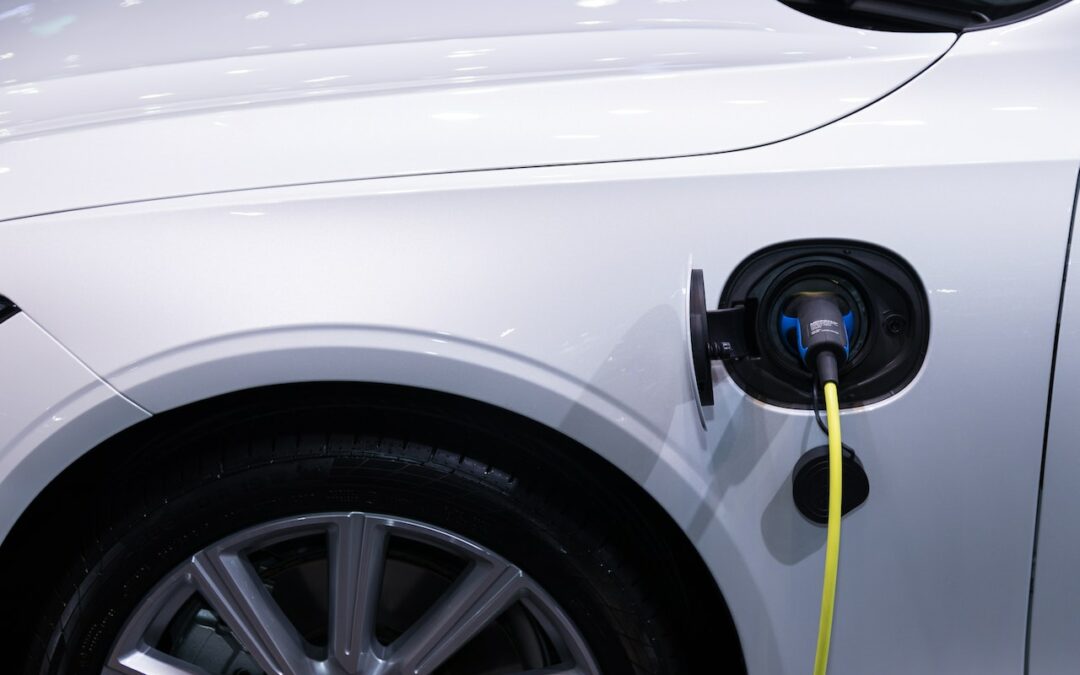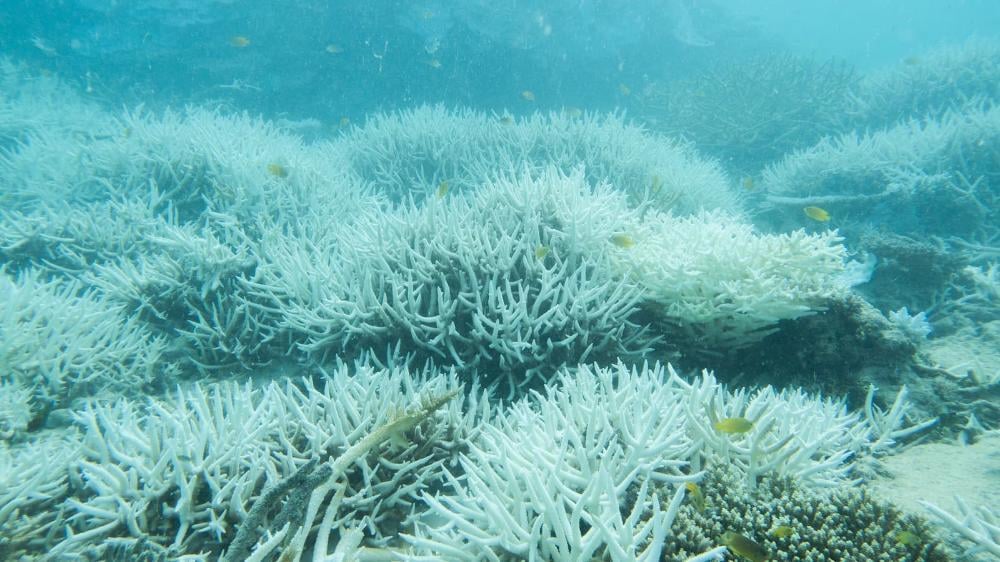
All-electric Toyota Proace Verso and Proace City Verso get a new faces for 2024
The larger Proace Verso now comes with a 75kWh to bump range up to 214 miles

The larger Proace Verso now comes with a 75kWh to bump range up to 214 miles

After a traumatic childhood moment in which she nearly drowned, Pacita Abad (1946-2004) developed a profound fear of water. The massively prolific Filipina-American artist decided to overcome her trepidation in the 1980s and signed up for diving lessons at the British Sub-Aquatic Club in Thailand. There, she learned to safely plunge into the depths of the sea, completing more than 80 dives across the Phillippines in her lifetime.
On view at Tina Kim Gallery in New York is a vivid series of trapunto paintings—a quilting technique that involves adding stuffing for puffed layers—inspired by Abad’s love for swimming. More
Do stories and artists like this matter to you? Become a Colossal Member today and support independent arts publishing for as little as $5 per month. The article Through Mixed-Media Quilts, Pacita Abad Dives Into the Lush Marine Ecosystems of the Philippines appeared first on Colossal.

Construction materials company Boral Limited (Boral), in partnership with industry players and researchers, is developing a lower carbon concrete product using Australian calcined clay as an alternative supplementary cementitious material (SCM).
Boral has partnered with the University of Technology Sydney (UTS), Transport for NSW and environmental technology company Calix as part of a project supported by SmartCrete CRC, an independent cooperative research centre (CRC) that brings together collaborators from industry, research and government to help ensure the viability of Australia’s concrete infrastructure.
The two-year project, co-funded through the Commonwealth’s CRC Program, aims to further demonstrate the technical feasibility of calcined clay concrete for use in Australian buildings and infrastructure. The partners — comprising suppliers, university researchers, asset owners and providers — will work on accelerated lab testing and field trials as part of the validation stage.
A first batch of clay has been successfully calcined by Calix’s renewably powered electric calcination technology, demonstrating the potential of the approach to produce a low carbon intensity SCM.
The project follows research and development at the UTS Boral Centre for Sustainable Building carried out over the past three years whereby the suitability of a number of Australian clay sources were identified.
Vik Bansal, CEO and Managing Director at Boral, said: “Boral is committed to a lower carbon future and we never stand still. We are continuously improving and diversifying our lower carbon concrete offering by identifying new ways to reduce the cementitious intensity of our products.”
Dr Ali Nezhad, Head of Sustainability and Innovation at Boral and Boral lead on the calcined clay project, said: “It’s an exciting time to be at the forefront of the research and development being done on lower carbon concrete. The industry is constantly looking for ways to innovate, push the boundaries and find ways to be more sustainable. Given the abundance of clay in Australia, using Australian calcined clay was a natural decision for us.
“We have been impressed with the work done to date and initial testing in this project is promising. We look forward to the building and construction industry in Australia embracing these new innovations.”
Image caption: Calcined clay concrete sample preparation at UTS Boral Centre for Sustainable Building. Image credit: Boral.

Australia’s Great Barrier Reef — the world’s largest coral reef system — has been under critical pressure in recent years, with warming sea surface temperatures leading to mass coral bleaching that threatens its unique biodiversity, ecology and stunning beauty. Temperatures in the Great Barrier Reef have reached the hottest in more than 400 years, new […]
The post Warmest Sea Surface Temperatures in 400 Years Present ‘Existential Threat’ to Great Barrier Reef, Study Finds appeared first on EcoWatch.

Eddie Ahn has been an environmental justice attorney for more than 15 years. In his work as the executive director of Brightline Defense, he and his group have ensured that the offshore wind, building decarbonization and increase in electric vehicles happening in California will benefit underserved and low-income communities in the region. In recognition of […]
The post ‘My Cheerfulness Around Work’: Speaking With Environmental Justice Attorney and Graphic Novelist Eddie Ahn appeared first on EcoWatch.